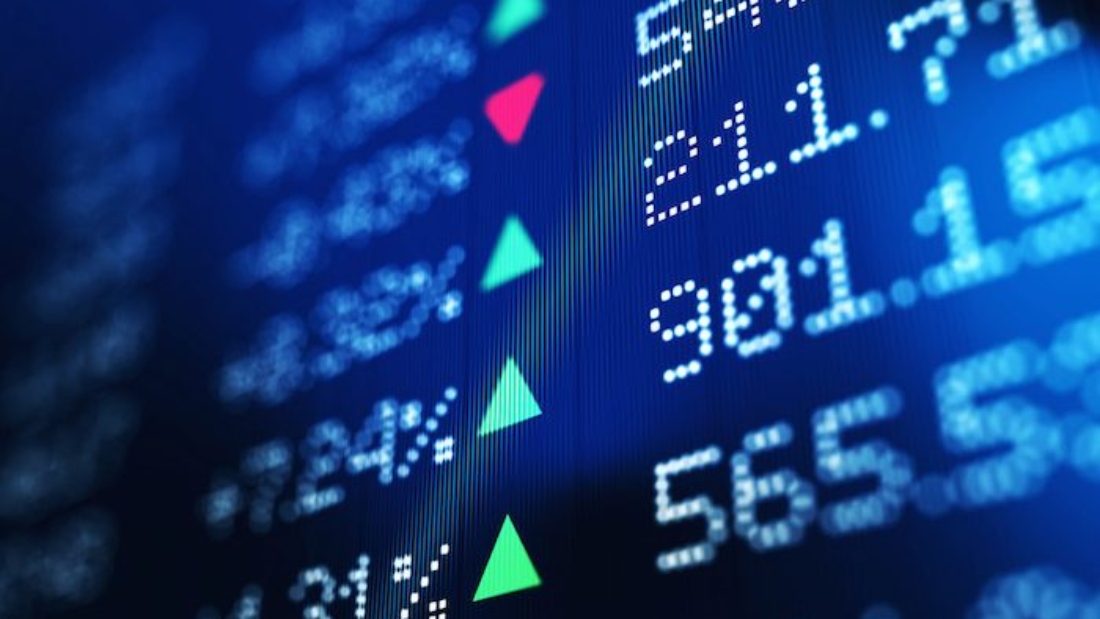The capital market is, generally, regarded as a safe haven for investment. There, your money works for you.
The market is a setting for income without stress.
READ ALSO: Firstbank Unveils First SME Account…
Smart and daring speculators can make fortunes there and can also lose a fortune through poor judgement.
Despite its attractiveness, the capital market is volatile.
In fact, volatility in price of securities is the hallmark of every capital market.
Increased risk can emanate from increased volatility.
Everyday, stock prices go up and down in reaction to any number of issues involving business, the socioeconomic and geopolitical events.
The field of behavioral science has contributed an important element to the risk equation, demonstrating asymmetry between how investors view gains and losses.
Investors usually put roughly twice the weight on the pain associated with loss than the good feelings associated with a profit.
Every investor wants to play safe with his investments.
Often, investors want to know just how much the value of an asset may deviate from it’s expected outcome, and also how bad things may look way down on the negative side.
Value-at-Risk (VaR) attempts to provide an answer to this question.
The idea behind VaR is to quantify how large a loss in investment could be with a given level of confidence over a defined period.
Due to the high volatility and frequent downturns in the capital market, uncertainties characterize the predictability of returns on investment.
As a result of uncertainty, it is extremely difficult to predict the future price of a security and by extension, direction of the capital market.
Uncertainty and risk are synonyms but they are not quite the same. Uncertainty must be taken in a sense radically distinct from the familiar notion of risk, from which it has never really been properly separated.
The term “Risk” as loosely used in everyday speech and in economic discussion, really covers two things which functionally at least in their causal relations to the phenomenon of investment, are categorically different.
Uncertainty is the lack of complete certainty. It is a situation where the future outcome cannot be predicted with any confidence from knowledge of past or existing events.
Uncertainty presents more than one possibility whereby the true outcome or result is unknown. Uncertainty is immeasurable ie, not possible to calculate whereas, risk is a state of uncertainty where some of the possibilities involve a loss, catastrophe or other undesirable outcome.
It is a set of possibilities each with quantified probabilities and quantified losses. One may have uncertainty without risk but not risk without uncertainty. We can be uncertain about the winner of a contest but unless we have some personal stake in it, we have no risk.
If we bet money on the outcome of the contest, then we have a risk. Consequently, the measure of uncertainty refers only to the probabilities assigned to outcomes while the measure of risk requires both probabilities for outcomes and losses quantified for outcomes. Uncertainty presents both risk and opportunity, eroding or enhancing value.



Add a Comment